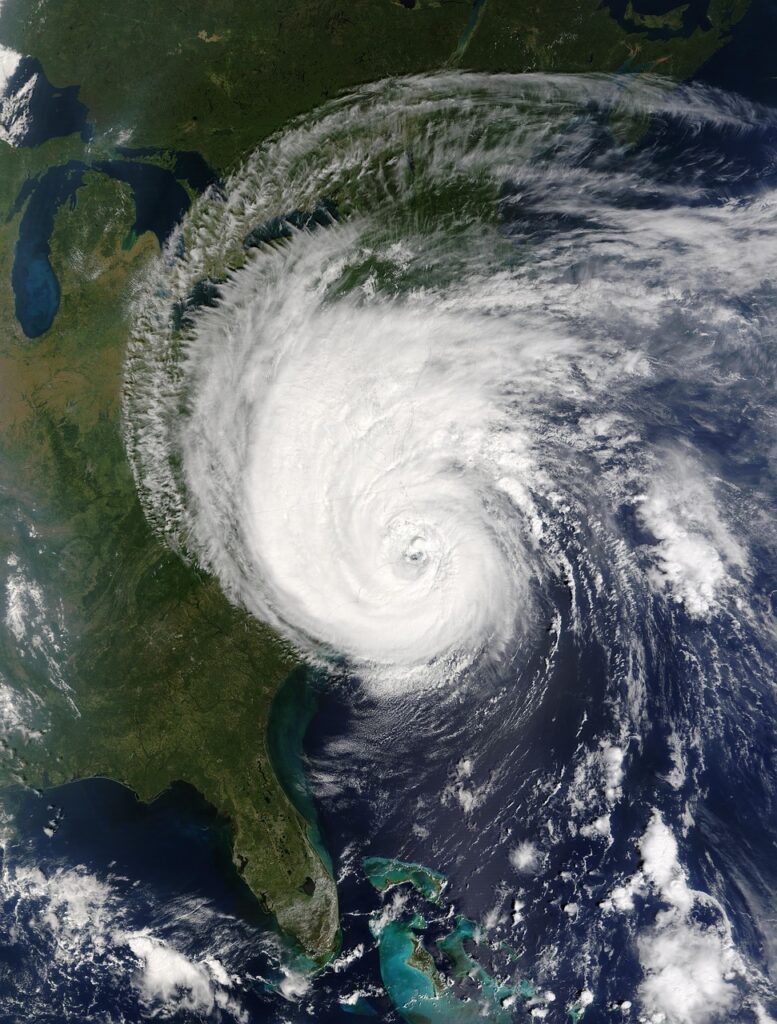
When disaster strikes, from hurricanes to earthquakes, the first concern is, of course, the safety of you and your loved ones. However, safeguarding vital records and essential documents is also an imperative task in disaster planning. As highlighted by the IRS, these crucial documents include tax returns, birth certificates, social security cards, wills, and insurance policies. Having secure and accessible copies can significantly expedite the recovery process post-disaster by streamlining insurance claims, replacing lost documents, and establishing your legal identity.
Advanced planning is your best weapon in protecting these hard to replace documents. Start by placing original documents in fireproof and waterproof safes or safety deposit boxes. For an additional layer of security, create digital copies of all vital records. These digital backups can be stored on encrypted USB drives or secure cloud storage services that employ robust encryption algorithms. This ensures that even if your physical copies are destroyed, you have a secondary method to prove your identity and fulfill other legal necessities.
It is recommended to have a folder containing essential documents in case of an immediate need to evacuate. The folder should be in a weatherproof envelope or ziplock bag. It should be easily accessible, ready to go at all times, and stored in a secure, yet reachable, location. A list of emergency contacts and copies of vital records should be the minimum contents.
In addition to safeguarding essential documents, preserving your precious memories in the form of photos and videos is equally important. Scanning physical photos and converting old video formats into digital files can ensure these irreplaceable moments are passed down for generations to come. Once digitalized, these files should be stored using the same rigorous methods applied to important documents. By doing so, you not only protect these memories from natural disasters but also from other risks like decay, physical wear and tear, and even loss due to relocation or simple oversight.
In summary, disaster preparedness is incomplete without a comprehensive strategy for protecting vital records. Employ a multi-layer approach by securing physical copies in a disaster-resistant safe and creating encrypted digital backups. Always have a “grab and go” folder with necessary documents, making it easier for you to bounce back when the unexpected occurs. In doing so, you build not just a fortress for your valuables but a resilient future for yourself and your family.
Sources: forbes.com/how-to-protect-your-important-documents – irs.gov/newsroom/keeping-vital-records-safe-can-make-disaster-recovery-easier– araglegal.com/individuals/learning-center/topics/disaster-and-emergency-help/tips-to-protect-vital-document
